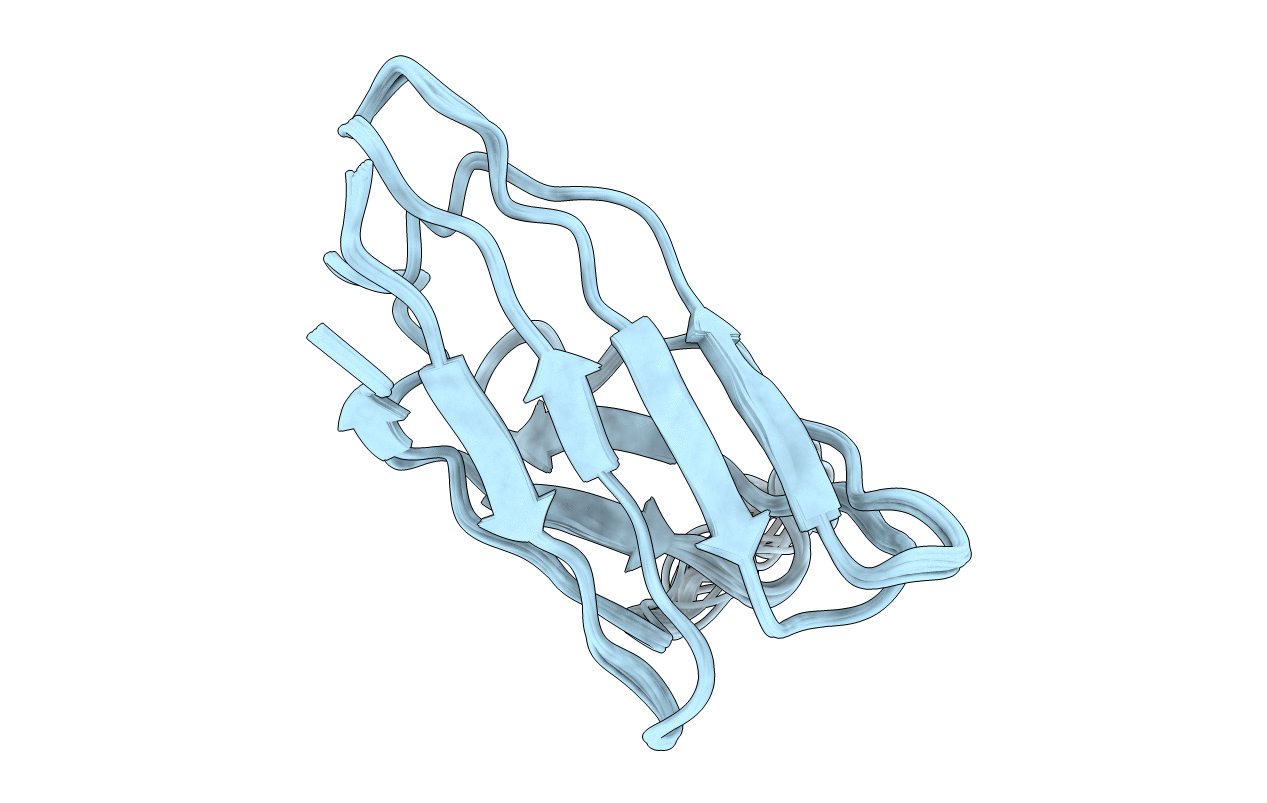
Deposition Date
2020-07-14
Release Date
2021-05-26
Last Version Date
2024-05-15
Entry Detail
PDB ID:
7CJW
Keywords:
Title:
Solution structure of monomeric superoxide dismutase 1 with an additional mutation H46W in a crowded environment
Biological Source:
Source Organism:
Homo sapiens (Taxon ID: 9606)
Host Organism:
Method Details:
Experimental Method:
Conformers Calculated:
20
Conformers Submitted:
20
Selection Criteria:
all calculated structures submitted


